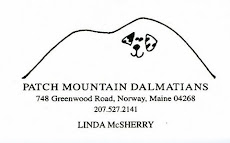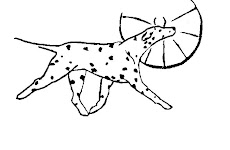These puppy shots are crucial steps in assuring it will have a healthy and happy life.
The protocols for what to vaccinate for and when to administer the shots are very controversial. Many vet practices are still administering vaccines that are designed to cover a wide spectrum of diseases. Many people are now questioning the frequency of vaccination, some safety vs. efficacy concerns, whether to vaccinate at all, and what does the vaccine actually contain. So when you ask your vet when to bring your animal back for its next shot, be aware there is no one correct answer.
Core vaccines are designed to protect against diseases that are more serious or potentially fatal. These diseases are found in all areas of
Noncore vaccines are those reserved for patients at specific risk for infection due to exposure or lifestyle. The AAHA guidelines classify kennel cough, Lyme disease and leptospirosis vaccines within the noncore group.
Optional or “noncore” vaccines are those that should be considered only in special circumstances because their use is more dependent on the exposure risk of the individual animal. Issues of geographic location and lifestyle should be considered before administering these vaccines. In addition, the diseases involved are generally self-limiting or respond readily to treatment. This group of vaccines comprises distemper-measles virus (D-MV), canine parainfluenza virus (CPIV), Leptospira, Bordetella, and Borrelia.
Lyme disease vaccinations give highly unreliable protection, and can cause arthritic disease Neither Lyme vaccinations or leptospirosis vaccinations should be given close to the time that any other vaccinations are given.
Another source of controversy is the recommended frequency of vaccinations. Although yearly boosters are recommended by most vets, for many diseases the yearly booster really is not obligatory. However, a yearly checkup is necessary for the same reasons you would have one yourself. For the low-risk pet, once the initial puppy series is completed, a booster at one year and another at three years should suffice until your dog's senior years.


No comments:
Post a Comment